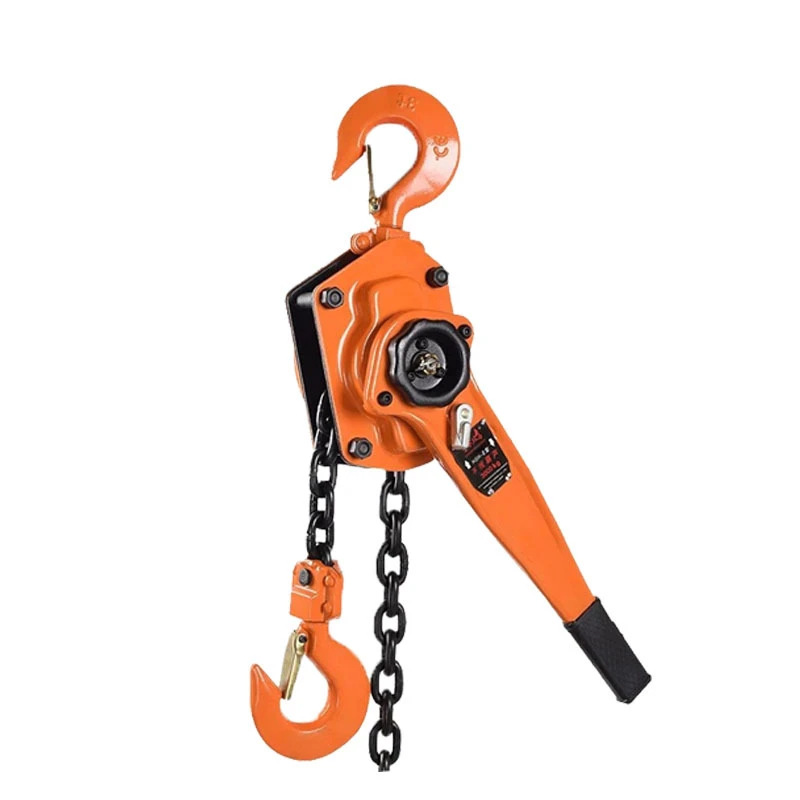
-
 Afrikaans
Afrikaans -
 Albanian
Albanian -
 Amharic
Amharic -
 Arabic
Arabic -
 Armenian
Armenian -
 Azerbaijani
Azerbaijani -
 Basque
Basque -
 Belarusian
Belarusian -
 Bengali
Bengali -
 Bosnian
Bosnian -
 Bulgarian
Bulgarian -
 Catalan
Catalan -
 Cebuano
Cebuano -
 Corsican
Corsican -
 Croatian
Croatian -
 Czech
Czech -
 Danish
Danish -
 Dutch
Dutch -
 English
English -
 Esperanto
Esperanto -
 Estonian
Estonian -
 Finnish
Finnish -
 French
French -
 Frisian
Frisian -
 Galician
Galician -
 Georgian
Georgian -
 German
German -
 Greek
Greek -
 Gujarati
Gujarati -
 Haitian Creole
Haitian Creole -
 hausa
hausa -
 hawaiian
hawaiian -
 Hebrew
Hebrew -
 Hindi
Hindi -
 Miao
Miao -
 Hungarian
Hungarian -
 Icelandic
Icelandic -
 igbo
igbo -
 Indonesian
Indonesian -
 irish
irish -
 Italian
Italian -
 Japanese
Japanese -
 Javanese
Javanese -
 Kannada
Kannada -
 kazakh
kazakh -
 Khmer
Khmer -
 Rwandese
Rwandese -
 Korean
Korean -
 Kurdish
Kurdish -
 Kyrgyz
Kyrgyz -
 Lao
Lao -
 Latin
Latin -
 Latvian
Latvian -
 Lithuanian
Lithuanian -
 Luxembourgish
Luxembourgish -
 Macedonian
Macedonian -
 Malgashi
Malgashi -
 Malay
Malay -
 Malayalam
Malayalam -
 Maltese
Maltese -
 Maori
Maori -
 Marathi
Marathi -
 Mongolian
Mongolian -
 Myanmar
Myanmar -
 Nepali
Nepali -
 Norwegian
Norwegian -
 Norwegian
Norwegian -
 Occitan
Occitan -
 Pashto
Pashto -
 Persian
Persian -
 Polish
Polish -
 Portuguese
Portuguese -
 Punjabi
Punjabi -
 Romanian
Romanian -
 Russian
Russian -
 Samoan
Samoan -
 Scottish Gaelic
Scottish Gaelic -
 Serbian
Serbian -
 Sesotho
Sesotho -
 Shona
Shona -
 Sindhi
Sindhi -
 Sinhala
Sinhala -
 Slovak
Slovak -
 Slovenian
Slovenian -
 Somali
Somali -
 Spanish
Spanish -
 Sundanese
Sundanese -
 Swahili
Swahili -
 Swedish
Swedish -
 Tagalog
Tagalog -
 Tajik
Tajik -
 Tamil
Tamil -
 Tatar
Tatar -
 Telugu
Telugu -
 Thai
Thai -
 Turkish
Turkish -
 Turkmen
Turkmen -
 Ukrainian
Ukrainian -
 Urdu
Urdu -
 Uighur
Uighur -
 Uzbek
Uzbek -
 Vietnamese
Vietnamese -
 Welsh
Welsh -
 Bantu
Bantu -
 Yiddish
Yiddish -
 Yoruba
Yoruba -
 Zulu
Zulu


TEL:
0086-311-88862036
Feb . 20, 2025 10:45 Back to list
Fiberglass Cable Duct Rodder
Ground rod testing is often overlooked yet crucial for maintaining electrical safety and system performance. This procedure ensures that the grounding system effectively disperses fault currents into the earth, protecting equipment and lives. Here's a comprehensive guide on ground rod testing, ensuring it is performed correctly and efficiently.
Upon obtaining resistance measurements, compare them against relevant standards. The National Electrical Code (NEC) suggests a ground resistance of 25 ohms or less. Lower resistance values are preferable for optimal safety and performance, especially in lightning-prone areas or high-stakes environments like data centers. Addressing High Resistance Issues High ground resistance indicates inadequate grounding that could endanger equipment and safety. Solutions include increasing the depth or diameter of existing rods, adding more rods in parallel, or improving soil conductivity with chemicals like bentonite or specialized conductive concrete. Why Regular Testing Matters While initial testing ensures a proper grounding system, environmental changes over time—such as soil dryness, contamination, or seasonal variation—necessitate regular tests. Adequate documentation and records help in trend analysis and preemptive maintenance. Influence of Soil Conditions Soil resistivity significantly affects ground rod effectiveness. Wet, loamy soils offer better conductivity compared to dry, sandy soils. Therefore, local soil conditions dictate the grounding strategy and might necessitate additional measures to maintain effectiveness. Establishing Testing Protocols for Organizations Organizations should establish comprehensive testing protocols detailing frequency, methodology, and response plans for non-compliant results. Regular training for technicians also enhances expertise, ensuring procedures reflect the latest industry standards and technological advancements. Building Trust through Compliance and Safety Adhering to ground testing standards demonstrates commitment to safety and can build trust with stakeholders. Frequent audits by certified professionals add a layer of reliability, highlighting an organization’s dedication to maintaining robust electrical safety protocols. To achieve competitive advantage, companies offering ground testing services should emphasize their expertise, leverage accredited equipment, and consistently demonstrate adherence to industry standards. By fostering a culture of safety and reliability, they can reassure clients of the efficacy and trustworthiness of their grounding systems.


Upon obtaining resistance measurements, compare them against relevant standards. The National Electrical Code (NEC) suggests a ground resistance of 25 ohms or less. Lower resistance values are preferable for optimal safety and performance, especially in lightning-prone areas or high-stakes environments like data centers. Addressing High Resistance Issues High ground resistance indicates inadequate grounding that could endanger equipment and safety. Solutions include increasing the depth or diameter of existing rods, adding more rods in parallel, or improving soil conductivity with chemicals like bentonite or specialized conductive concrete. Why Regular Testing Matters While initial testing ensures a proper grounding system, environmental changes over time—such as soil dryness, contamination, or seasonal variation—necessitate regular tests. Adequate documentation and records help in trend analysis and preemptive maintenance. Influence of Soil Conditions Soil resistivity significantly affects ground rod effectiveness. Wet, loamy soils offer better conductivity compared to dry, sandy soils. Therefore, local soil conditions dictate the grounding strategy and might necessitate additional measures to maintain effectiveness. Establishing Testing Protocols for Organizations Organizations should establish comprehensive testing protocols detailing frequency, methodology, and response plans for non-compliant results. Regular training for technicians also enhances expertise, ensuring procedures reflect the latest industry standards and technological advancements. Building Trust through Compliance and Safety Adhering to ground testing standards demonstrates commitment to safety and can build trust with stakeholders. Frequent audits by certified professionals add a layer of reliability, highlighting an organization’s dedication to maintaining robust electrical safety protocols. To achieve competitive advantage, companies offering ground testing services should emphasize their expertise, leverage accredited equipment, and consistently demonstrate adherence to industry standards. By fostering a culture of safety and reliability, they can reassure clients of the efficacy and trustworthiness of their grounding systems.
Latest news
What Are Construction Tools and How Are They Used?
NewsJul.11,2025
Professional-Grade Duct Rodding Tools for Superior Cable Installation
NewsJul.11,2025
Enhancing Safety and Efficiency with Modern Hot Stick Solutions
NewsJul.11,2025
Empowering Cable Installation with Advanced Rodder Solutions
NewsJul.11,2025
Elevate Your Cable Installation Projects with Cable Pulling Tools
NewsJul.11,2025
Efficient Cable Handling Solutions: Cable Rollers for Sale
NewsJul.11,2025
Copyright © 2025 Shijiazhuang Bilo Import and Export Trading Co., Ltd. All Rights Reserved. Sitemap | Privacy Policy

BlLo lmport & Éxport is specialized in power and cable equipment andconsiruction tools,Qur main producis are FRP
duct rodder, cable rollerscable pulling winch, cable drum jack, cable pulling sock, etc.
Copyright © 2025 Shijiazhuang Bilo Import and Export Trading Co., Ltd. All Rights Reserved. Sitemap | Privacy Policy










